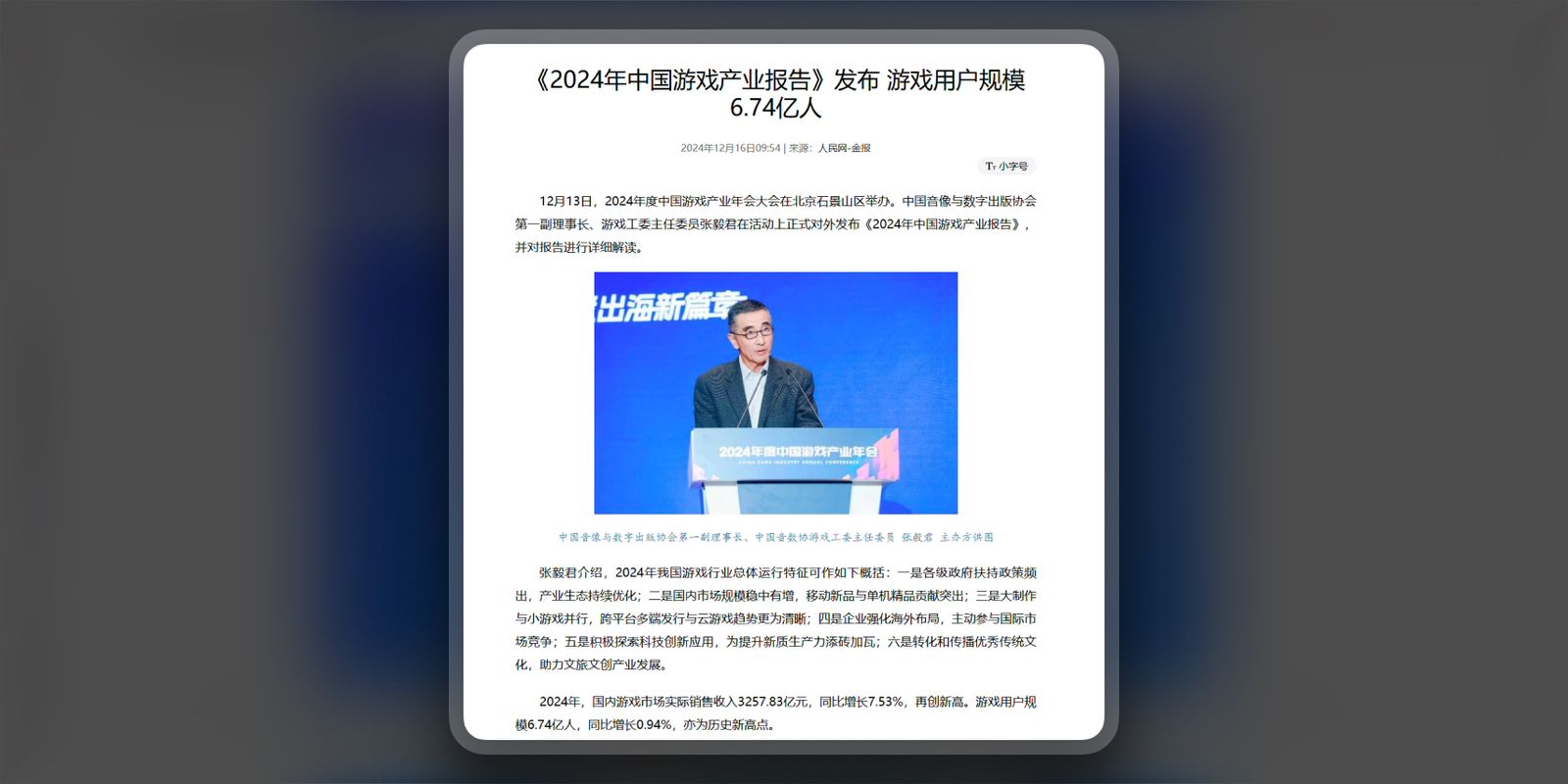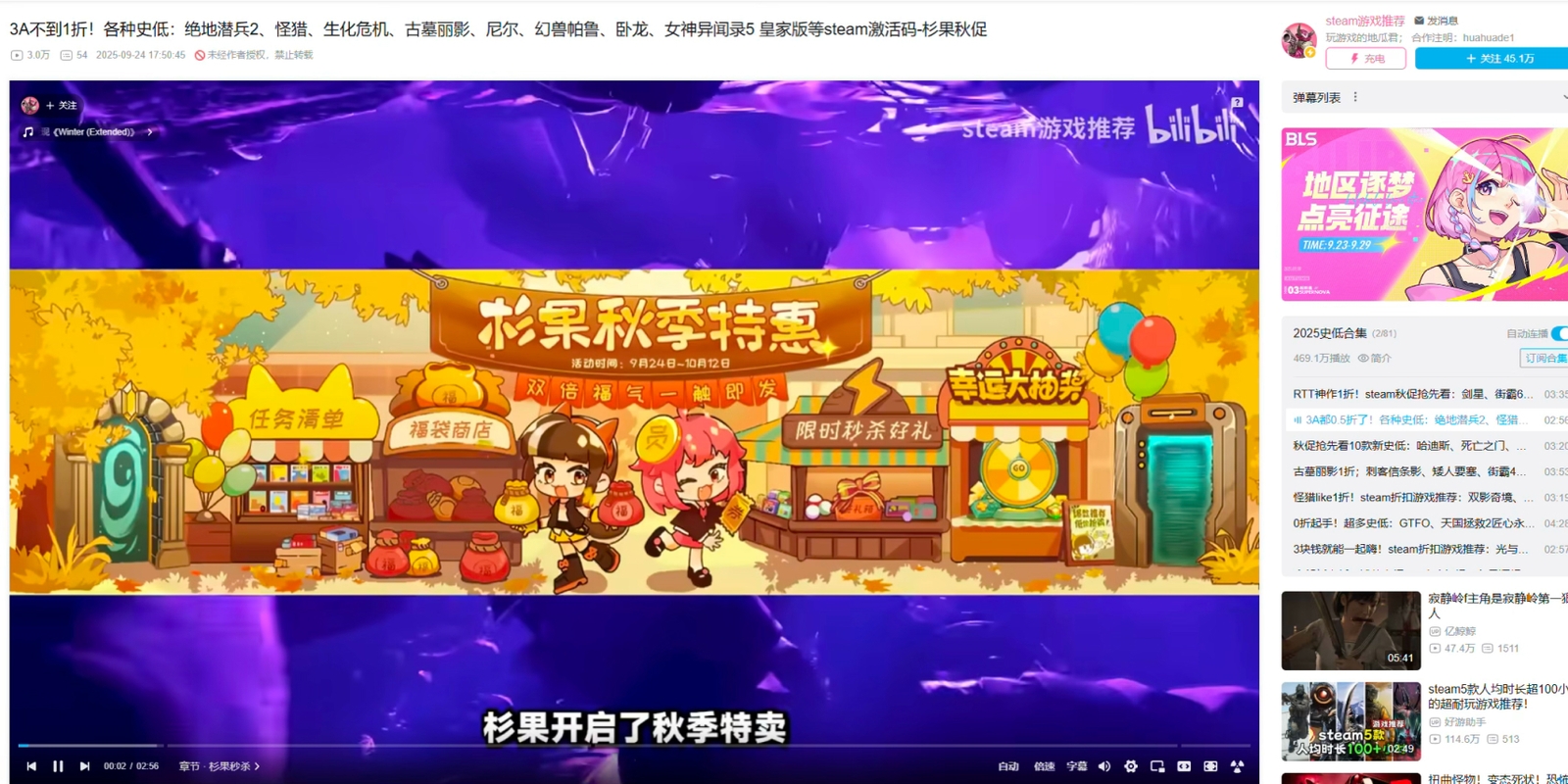Introduction
The Chinese video game market is a colossal beast that cannot be ignored by any PC game developer or publisher aiming for global success. With over 660 million gamers and a revenue forecast exceeding $100 billion, it represents both a massive opportunity and a complex challenge. Unlike mobile games, PC games distributed on global platforms like Steam enjoy a unique pathway to Chinese players, bypassing some of the traditional barriers to entry. This guide looks into the strategies, myths, and practical steps for promoting your PC game in China.

Why China? The Opportunity You Cannot Miss
Sheer Market Size: The player base is immense, twice the population of the United States, in fact. Even niche games can find a dedicated audience within such a vast and diverse community.
Revenue Potential: China is consistently one of the top revenue-generating markets globally. Gamers are accustomed to in-game purchases and are willing to spend on quality content
Early Access & Feedback: The Chinese player community is highly engaged and vocal. Making use of this for gathering feedback early on can provide invaluable insights for game development and localization.
Steam's Prevalence: The global version of Steam is accessible in China, and Simplified Chinese is the platform's second-most common language, with over 30% of users. Reaching this audience requires no initial government licensing.
For brands, Heybox offers a targeted channel to engage meaningfully with gamers through trusted influencers and tailored content.
Dispelling Common Myths
Myth 1: You MUST have a Local Publisher and an ISBN.
Reality: For distributing your game on the global Steam platform, you do not need a local publisher or an ISBN. Chinese gamers can freely access and purchase your game. However, an ISBN is mandatory if you want to release on Chinese-specific platforms (e.g., Steam China, WeGame), run paid advertising campaigns on Chinese platforms, or publish mobile games on local app stores.
Myth 2: Your Game Content MUST be Censored.
Reality: If your game is only on the global Steam platform, you generally do not need to alter content like skeletons, blood, or politically sensitive themes. However, if you wish to work with Chinese influencers to promote your game on platforms like Bilibili, they may be hesitant and not want to create content for games with extreme violence or sensitive topics. After all, it’s important to avoid penalties the platform might receive. Content adjustments are a strategic choice for broader Steam China marketing, not a legal requirement for global Steam.
Myth 3: Chinese Players Only Like Certain Genres.
Reality: While MOBAs, MMORPGs, and mobile games are hugely popular, the market's size means there is an audience for nearly every genre. Strategy games, simulation games, indie titles, and narrative-driven experiences have all been hugely successful. Never assume your game is "not for China" without testing.
A Strategic Marketing Framework
Phase 1: Market Research & Validation
Before investing, validate existing interest:
Analyze Steam Data: Check your wishlists, page visits, and sales figures filtered by country. Is China in the top 5? A Wishlist share above 5-10% is a strong signal.
Monitor Social Media: Search for discussions about your game on Chinese platforms like Bilibili, Weibo, NGA, or Tieba. Are players talking about it?
KOL Discovery: Use platforms like Bilibili to search for influencers who cover games similar to yours.
Phase 2: Foundational Localization
Language is Key: High-quality Simplified Chinese localization is non-negotiable. It shows respect for the audience and is the single biggest factor in gaining traction. Poor translation will be mocked and harm your reputation.
Cultural Adaptation: Beyond translation, adapt cultural references, jokes, UI elements, and art where necessary to ensure it resonates with Chinese players. Consider working with native speakers deeply familiar with gaming culture.
Phase 3: Community & KOL Marketing
Bilibili is Your Hub: This video platform (kind of like a hybrid of YouTube and Twitch) is at the heart of Chinese gaming culture. Partnering with KOLs for gameplay videos, reviews, and live streams is the most effective way to generate hype and wishlists.
Weibo & Douyin: Use Weibo (similar to Twitter/X) for announcements and news. Use Douyin (the Chinese TikTok) for short, impactful video clips and ads to reach a broader, younger audience.
Build a Community: Establish official accounts on Bilibili and Weibo. Engage with comments, post development updates, and create a space for your Chinese fans to gather.

Phase 4: Distribution & Sales
Global Steam: Your primary storefront. Ensure your Steam page is perfectly localized, with Chinese trailers and screenshots.
Local Partners: Platforms like Sonkwo and Heybox are authorized distributors that sell Steam keys. Partnering with them can boost your visibility and sales within China through localized platforms and marketing.
Final Say: Start Smart
Entering the Chinese gaming market doesn't require a massive upfront investment, but it does require a smart approach. Consider:
- Localizing your game and Steam page.
- Monitoring organic interest from Chinese players.
- Initiating small-scale KOL campaigns on Bilibili to test the waters.
- Engaging with gaming communities and listening to their feedback.
By understanding the landscape, avoiding common pitfalls, and executing a focused strategy, your PC game can successfully capture a share of the world's largest gaming market.
